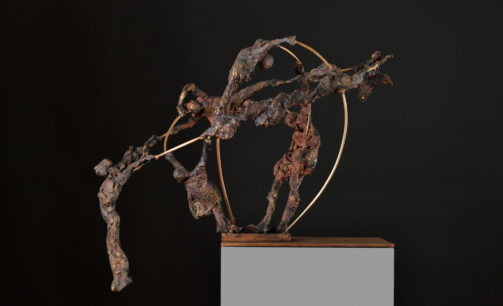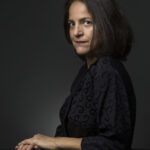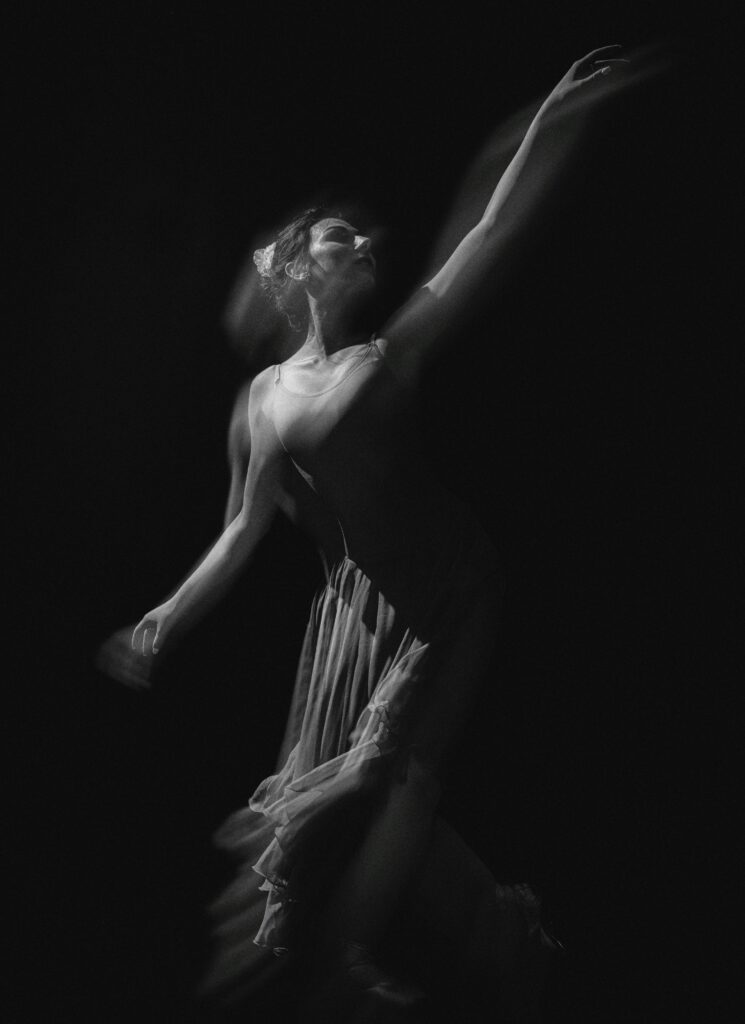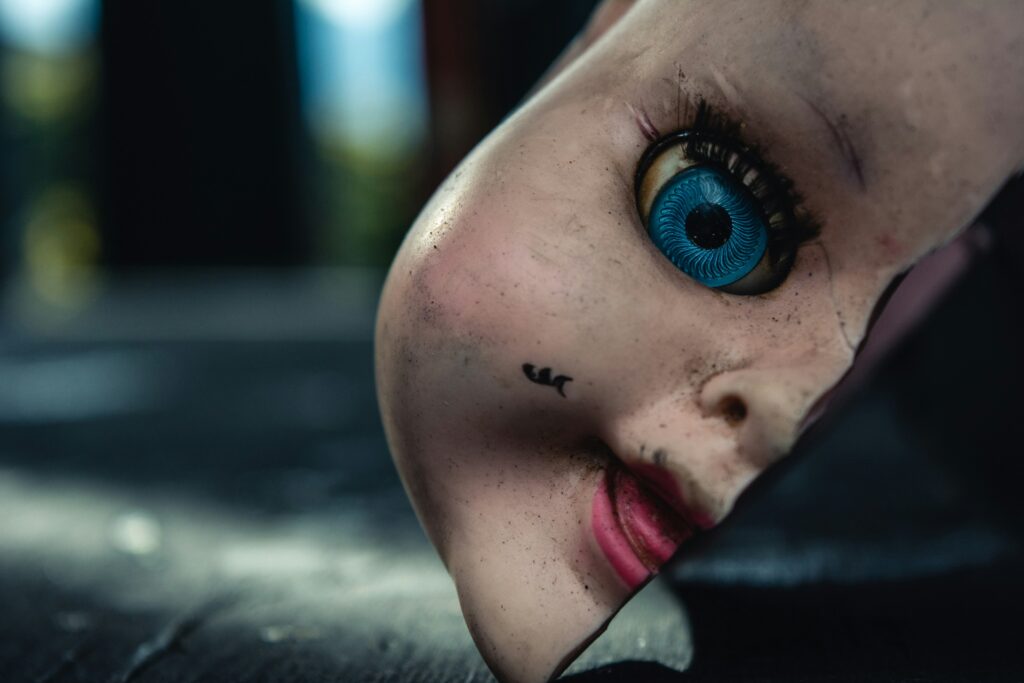Circles of the Self
Dr Gindi, September 2, 2023
“They are ignorant of how, while tending away, it agrees with itself, a back-turning harmony like a bow or a lyre.” (Heraclitus, Fragment 51)
“Know thyself.”
The inscription set in stone at the entrance to the temple at Delphi is both an ageless aspiration and an unresolvable conundrum. When we set out to discover our true self, the path we take is defined by paradox. We travel out from where we are now in the hope of returning to ourselves, moving forward in time as we contemplate our origins. We look for something fixed even as we change, sailing back to an unreachable Ithaca that travels ahead to meet us. We move in time in search of the timeless. But what we find is infinity in endless motion.

When we look back beyond our births and forward past our deaths, asking where we came from and what will remain, we find no answer. The puzzle of the meeting point, of what lies on the other side of now, eludes us because the question presupposes a straight-edged solution in a universe defined by circularity. Plato attempted to cheat his way out of the problem, accepting the endless growth and decay of becoming, but seeking an escape into a world of being where the music stops, the ride comes to a halt, and eternal perfection resides in ideas detached from their thinkers. Plato’s soul leads a double life, one part trapped on the merry-go-round of change while another part – pure and bodiless – simply is … without motion or emotion, residing in stillness and contemplation.
While I see the attraction of this escape, the attempt to separate from the troubled self seems to me to miss the point of life. The peace of escape from change and distress is the sleep of the never born. Here in the messy decay of life there is an energy, a power, a symphony of transformation and transfiguration – the inheritance of becoming that would be lost to pure being.
Heraclitus, Kierkegaard, the old Stoics all stood apart from the cool grandeur of Plato’s heavens, embracing in their own ways the flickering flames below. They did not give up on eternity, though. Nor on the search for the self. Instead, they found their eternal selves in the unity of consciousness and unconsciousness that emerges from the circular dance of time. In this waltz, change and stability lock eyes, melting together to find rest in motion, sameness in difference, presence in absence. Nothing is lost as the circle turns, for death and decay are the currency with which we pay for birth and growth. We come round to ourselves again, eventually, but we forget our own lives in the passing of eons.
Time and space, like the bodies they contain, emerge from fluctuations of energy to become mediums of the movement that permeates the whole. I explore my own place in this endless cycle in my work, each piece a coming together of the active but transient creator and the passive yet enduring materials. My Meandering Souls, for instance, reflects the fluidity of the individual, who in every earthly moment and movement experiences the pain of change on its way towards inevitable decay. Yet the presence of plurality and difference here offers comfort that we are not alone, that as we pass through cycles and return again and again to our start, we do so in community with others, all parts of the whole, all inseparably connected, unalienated, unified in our difference.
There is no need to escape from the place in which we find ourselves. No possibility either. Instead, all the resources we need to endure are contained within – for in the minds-eye of the infinite, endure we must. The pain of separation is the source of the joy of connection. And as loss and love are one, so too anxiety and contentment, constriction and release, agony and ecstasy. In coming to know ourselves, we can only attempt to reconcile contradictions, seeking stability in the tension of forces that will one day pull us apart, only to bring us back together again in the recurring future. Ultimately, we have no choice but to find our own path through a world of life and death, our own harmony in the dissonance of Heraclitus’ back-turning lyre.
You may also like
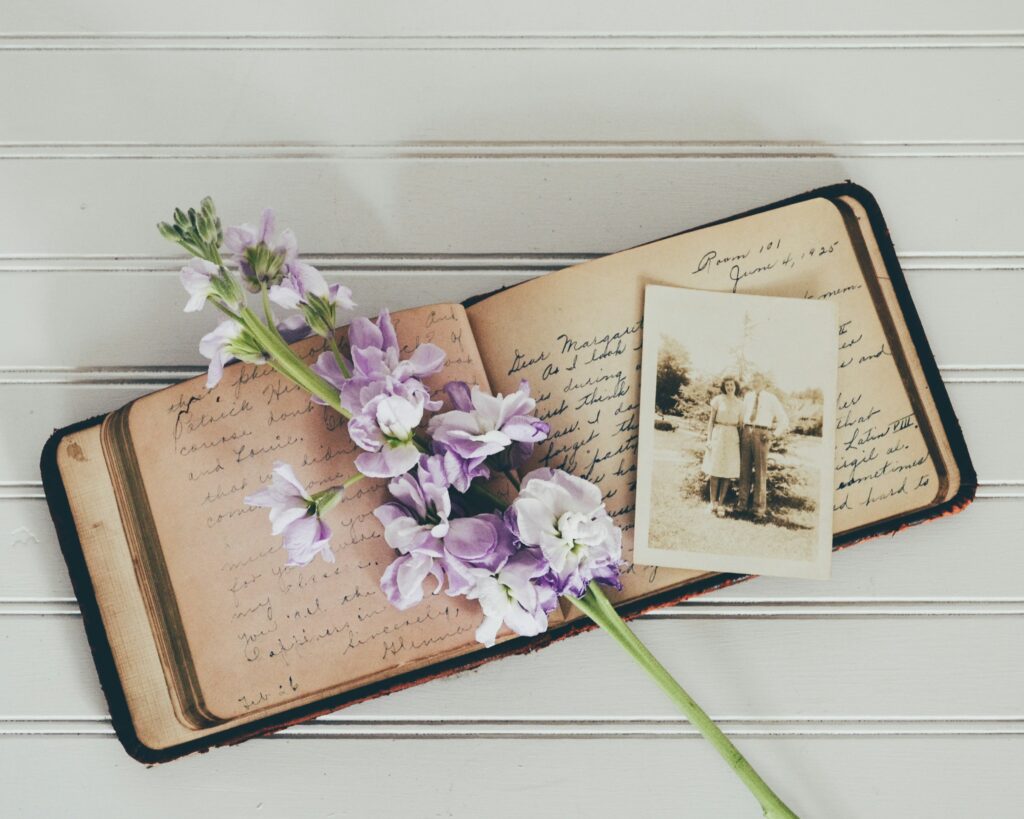
Eyes of the Beholden
Unspoken desires linger in the shadows of a teacher's life, revealed through art
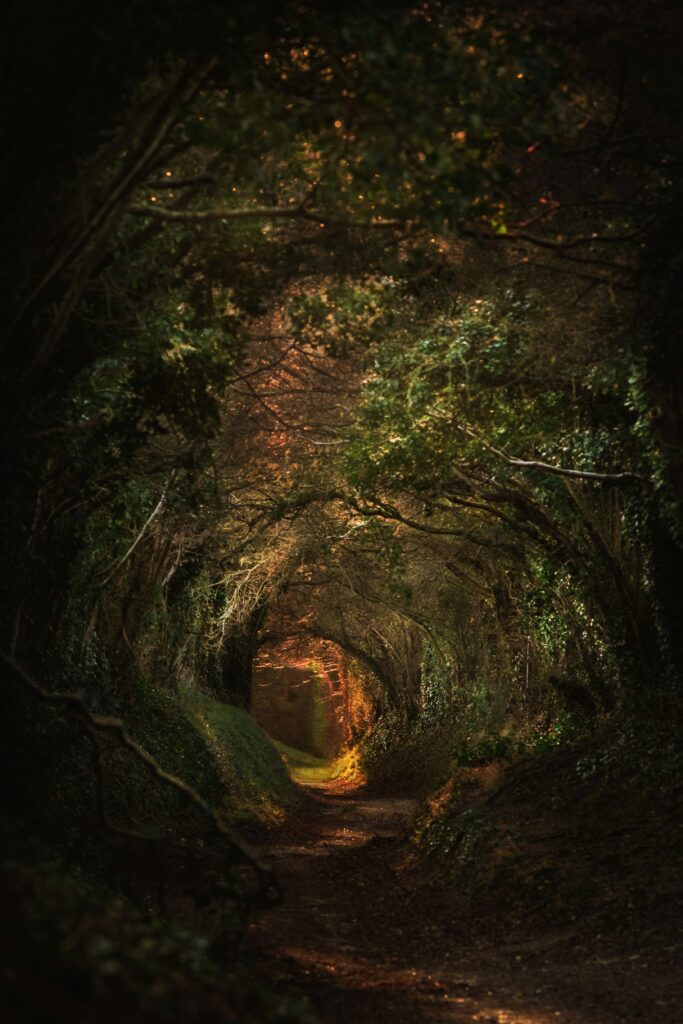
LOST
Bessie's odyssey through stormy nights, lost love, and secret graveyards unfolds with haunting beauty in "Lost" by Sandra Dennis.
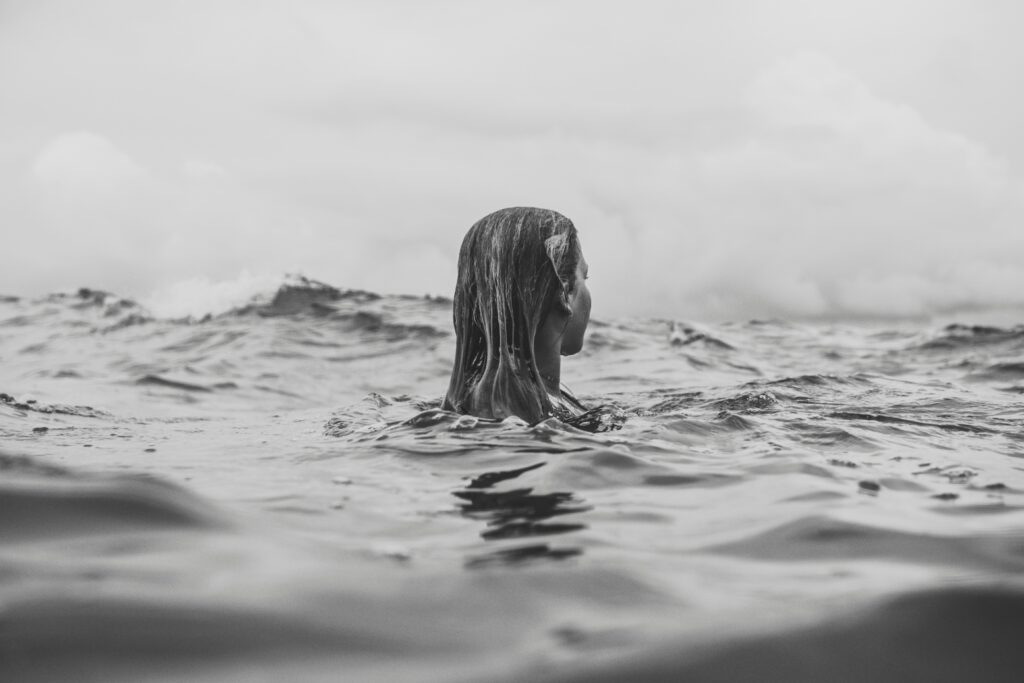
Water Rising
Amidst a flood, a woman grapples with the past, and confronts the consequences in this haunting narrative of resilience.
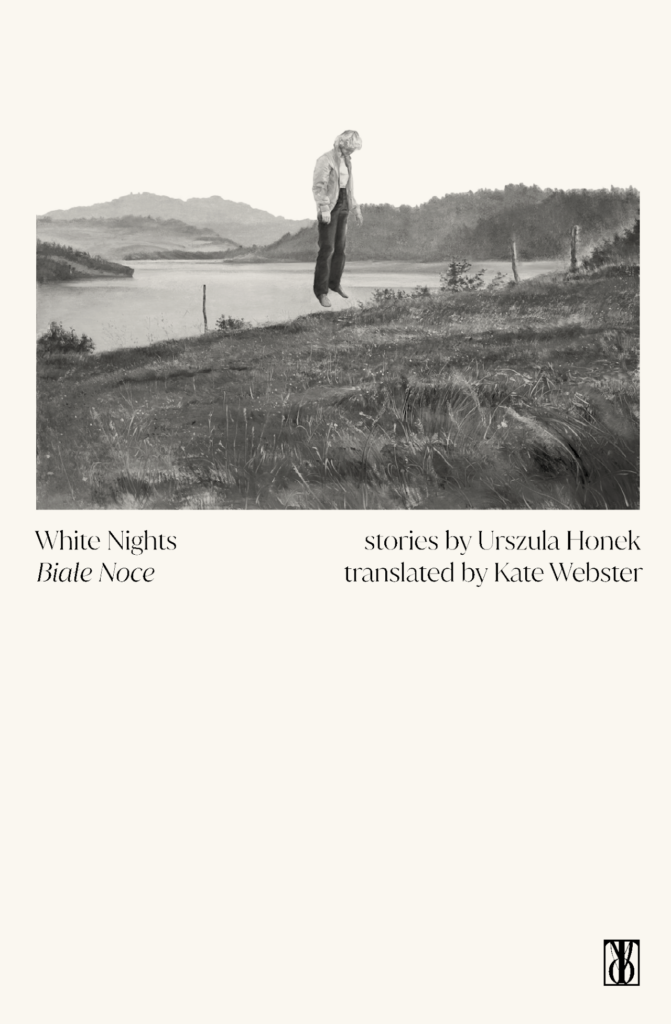
Book Review: White Nights by Urszula Honek
The debut short story from Polish writer Urszula Honek, White Nights, is akin to reading an account of a haunted place – one that is beautiful and devastating in equal
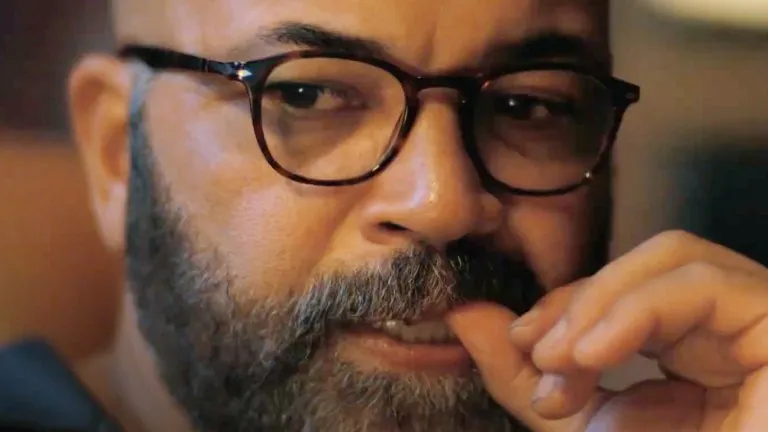
Beyond the Surface: The Multifaceted Lives of ‘American Fiction’
In essence, "American Fiction" and the experiences it draws from remind us that we are indeed more than the sum of our parts.
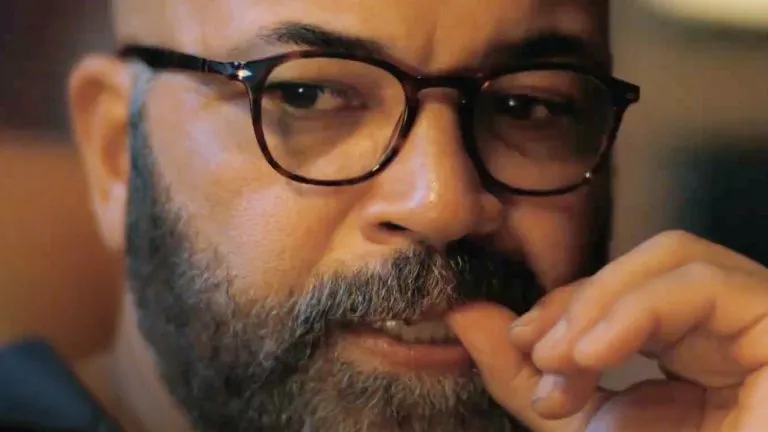
Beyond the Surface: The Multifaceted Lives of ‘American Fiction’
The narrative of “American Fiction” unfolds with a dual focus: it not only scrutinizes the unique pressures faced by Black creatives but also delves into the intricate and sometimes tense…
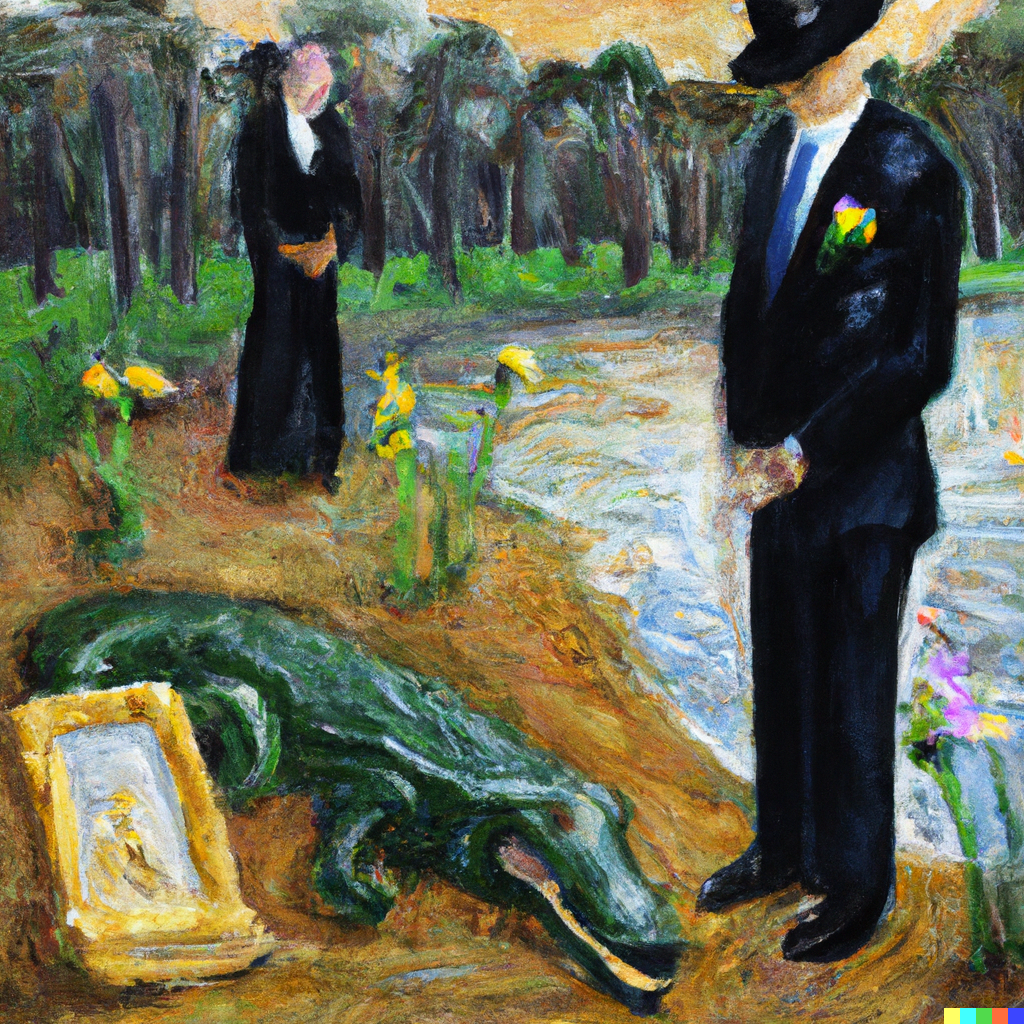
Uncle Bobby’s Funeral
Reluctant family faces the eccentricities of Uncle Bobby's funeral in swampy Chipley.




